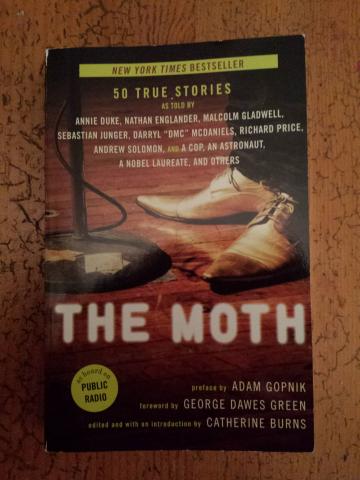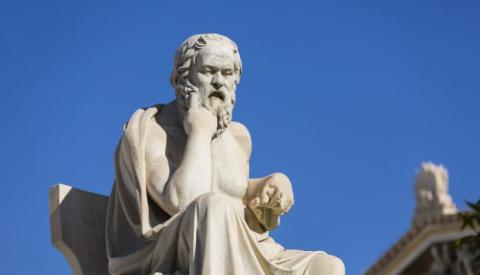Book Review: Catherine Burns' "The Moth"
Mar 11,2016
When the average person thinks of storytelling, chances are they believe it to be the nigh-exclusive province of people who make a living off of toiling away in sparsely-furnished writers' studios or noisy conference rooms in high-rise TV network buildings. They may hear and enjoy the tales weaved by those bold (or crazy) enough to commit to the craft, but they would hardly imagine it could be themselves writing a story, much less sharing it with others. But the truth is, if you can put pen to paper or operate a keyboard, then you can be a storyteller just as easily as the J.K. Rowlings' and Stephen Kings' of the world (whether you will be as successful as them is an entirely different question beyond the scope of this article). The existence of The Moth, a collection of real stories told on the critically-acclaimed NPR program of the same name helpfully compiled by Catherine Burns, proves just that.
Of course, professional writers feature prominently in the book. A.E. Hotchner is a prolific author, having penned books, plays, and screenplays and befriended such noteworthy figures as Paul Newman and Ernest Hemingway, the latter of whom convinced him to attend (and participate in) the bull fight he recounts to readers. Joe Lockhart, on the other hand, once served as press secretary and helped write speeches for Bill Clinton at a time when he was "the only one in America who seemed to want the job." (Lockhart, pg. 80) Then there is Adam Gopnik, a regular contributor to The New Yorker who playfully remembers when his son introduced the wonders of instant messaging - and the inevitably miscommunication that comes with it - to him. We also hear the shocking story of Damien Echols, who was once sentenced to death for a crime he didn't commit and spent 18 years in prison waiting for his sentence to be carried out before he was released.
But The Moth does not limit it's contents to people who identify mainly as writers. In true democratic fashion, participants who work primarily in other fields, their stories and their observations are given equal treatment. It includes the stories of Steve Osborne, a veteran, no-nonsense officer with the NYPD who is moved to empathy when he learns from a fugitive's mother that he was killed and she begs him to keep his mugshot, and Michael Massimino, a Columbia graduate who once dreamed of being an astronaut and now not only works for NASA, but also got to take part in two space flights, the first of which he describes to readers. The inclusion of such voices strengthens the book immensely, proving that virtually anybody can turn a memory from their life into a gripping narrative that entertains and enlightens others.
What ties all the stories gathered together is the honesty of the authors, not just with readers but with themselves. They celebrate their triumphs, like Massimino does when he finishes his flight over the Earth, but reflect on their regrets as well, as neuroscientist Ari Handel does when she recalls how she broke the spirit of a defiant monkey in order to complete her research. This is because the stories, which are supposed to have actually happened, need to be believable, something to which Adam Gopnik might add, "And nothing is more helpful to a storyteller who may also be, in mufti, a pro writer than this reminder that the ethic of all storytelling is credibility, truth." (Gopnik, pg. xiv) Anybody looking for material that lifts up readers without patronizing them should take a look at Catherine Burns' The Moth.






